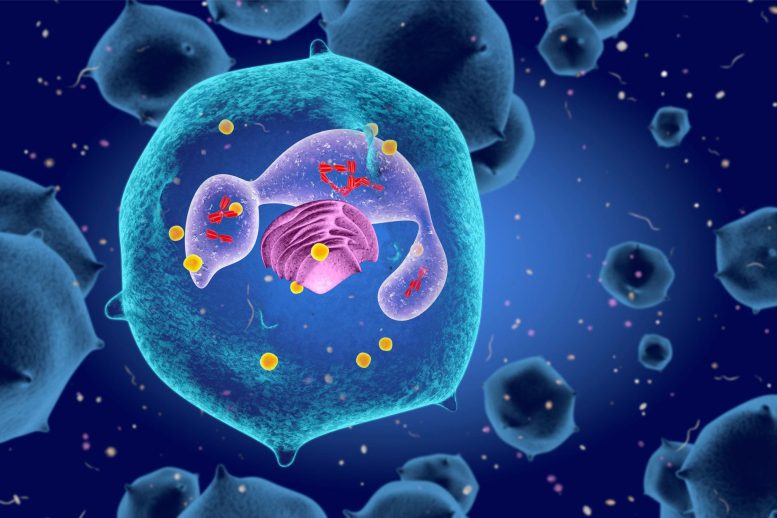
Researchers from UT Health San Antonio discovered that certain immune cells, called invariant killer T (iNKT) cells, possess a unique homing property that directs them to the skin at birth, providing crucial protection and lifelong immunity. These skin-homing iNKT cells also promote hair follicle development and cooperate with commensal bacteria to maintain skin health and prevent pathogenic bacterial overgrowth.
Infants are given protection against bacteria that cause diseases.
Researchers from The University of Texas Health Science Center at San Antonio (UT Health San Antonio) have uncovered that certain immune cells possess a homing property that guides them to the skin of the newborn to provide protection.
“These T cells home in on the skin like a guided missile,” said Na Xiong, Ph.D., professor of microbiology, immunology, and molecular genetics in the health science center’s Joe R. and Teresa Lozano Long School of Medicine. “They have a different homing property than other T cells. We identified the mechanism through which this homing activity occurs.”
Localization of these T cells to the skin is important not only at birth but for lifelong immunity, said Xiong, senior author of an article that appeared on the cover of the February 2023 issue of Nature Immunology.
In the womb, a mother’s defenses protect a fetus against bacteria. At birth, the skin and other tissues such as the gut are exposed to commensal bacteria. These are harmless bacteria that are beneficial by keeping any disease-causing bacteria in check.
The skin-homing cells are called invariant killer T (iNKT) cells. These immune cells emanate from and are programmed in an organ called the thymus. In humans, this organ is located between the lungs.
The iNKT cells cooperate with the commensal bacteria to preserve skin health and act as a barrier for the body against bacterial pathogens, Xiong said.
“We found that if the iNKT cells do not properly go to the skin, or if there is no such population in the skin, there will be dysregulation of commensal bacteria in the skin and the bacterial composition will be changed,” Xiong said. “This can result in not enough friendly bacteria being present, enabling potentially pathogenic bacteria to overgrow.”
In a second important finding, the researchers observed that the skin-homing iNKT cells help promote hair follicle development. The cells situate preferentially around follicles and are not the only ones present there, Xiong said. “Within the hair follicle, there are also a lot of commensal bacteria. It is one place they like to stay,” he said.
The follicles themselves are critical sites of immune defense, he added.
Reference: “Developmentally programmed early-age skin localization of iNKT cells supports local tissue development and homeostasis” by Wei-Bei Wang, Yang-Ding Lin, Luming Zhao, Chang Liao, Yang Zhang, Micha Davila, Jasmine Sun, Yidong Chen and Na Xiong, 9 January 2023, Nature Immunology.
DOI: 10.1038/s41590-022-01399-5
Collaborators are from Pennsylvania State University.
The study was funded by the National Institute of Allergy and Infectious Diseases and the National Institute of Arthritis, Musculoskeletal, and Skin Diseases of the National Institutes of Health.

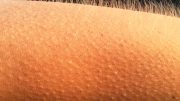
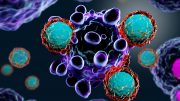

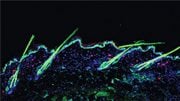
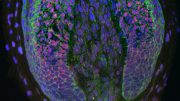

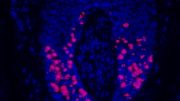
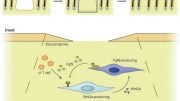
Be the first to comment on "Scientists Discover New Property of Immune Cells – “Like Guided Missiles”"